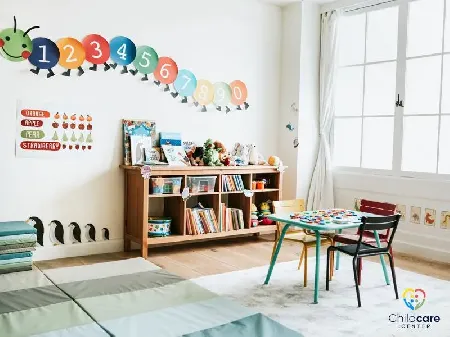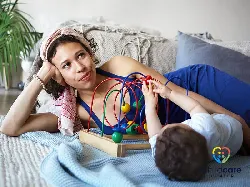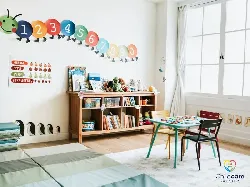What Information Should I Leave For the Babysitter?
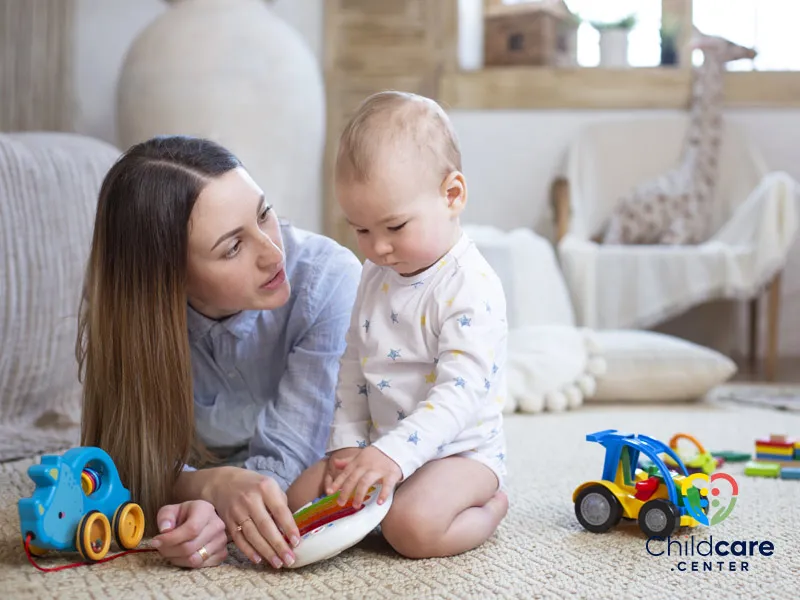
Leaving your child in the care of a babysitter can evoke a mix of excitement and nervousness. As a parent, your priority is to ensure your child's safety, well-being, and comfort during your absence. A crucial step in preparing for a successful babysitting experience is providing the babysitter with essential information to understand your child's needs and routines. This is where a comprehensive babysitter checklist becomes invaluable. By equipping the babysitter with the right information, you can assist them in navigating various situations and providing optimal care.
Aside from prioritizing your child's safety and well-being, a comprehensive babysitter checklist also fosters confidence and peace of mind for both you and the babysitter. By offering detailed instructions and information, you empower the babysitter to make informed decisions and handle unexpected situations with ease. It enables them to embrace their role as a caregiver with a clear understanding of your child's unique personality, preferences, and any specific considerations that may arise. By investing time and effort into creating a thorough babysitter checklist, you establish a foundation for a positive and successful babysitting experience that benefits everyone involved. Let's delve into the specifics of what information should be included in your babysitter's checklist.
- What's a Babysitter's Checklist
- Why Do You Need a Babysitter Safety Checklist
- Establishing Trust and Building a Relationship with the Babysitter
- Tips for Leaving Your Child with a Babysitter
- Meet and Greet:
- Trial Period
- Communication Channels
- Trusted References:
- Clear Expectations:
- Follow-up and Feedback:
- Additional Considerations for Overnight or Extended Babysitting
- Establishing a Positive Relationship with the Babysitter
- Appreciation and Respect
- Open and Honest Communication
- Regular Check-ins
- Conclusion
What's a Babysitter's Checklist?
A babysitter's checklist serves as a comprehensive guide for the babysitter to understand your child's needs, routines, and safety measures. By providing this information, you can help the babysitter establish a positive and comfortable relationship with your child. Here are the key elements to include in your babysitter's checklist:
- Child's Basic Information: Start by providing essential details about your child, such as their full name, age, and date of birth. Include any identification details that may be relevant, such as allergies, medical conditions, or special needs. This information helps the babysitter understand your child's unique requirements and provide appropriate care. Remember to update this information regularly to ensure accuracy and relevance.
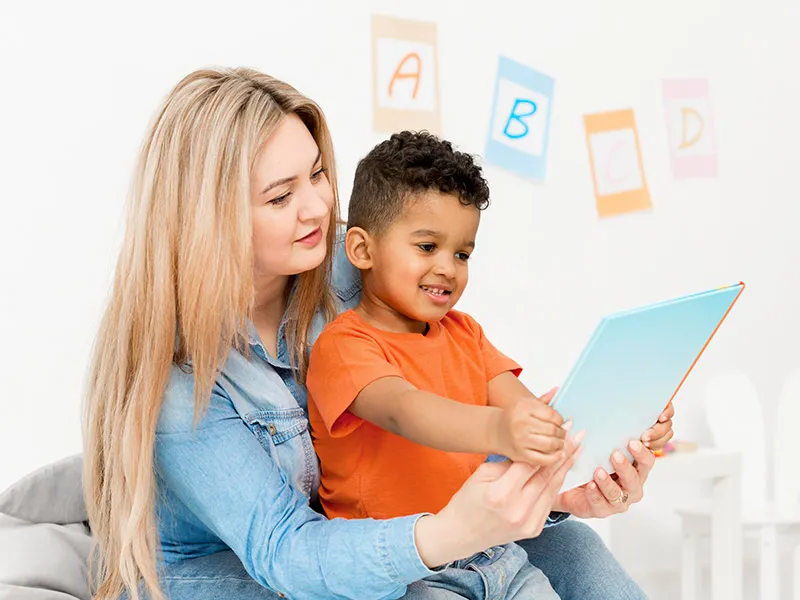
- Emergency Contact Numbers: List emergency contact numbers, including your own, a backup contact, and important numbers like your pediatrician, poison control, and trusted neighbors. In case of emergencies, the babysitter can quickly access the necessary support and medical assistance.
- Medical Information: Share detailed information about your child's medical history, including allergies, chronic conditions, and required medications. Include instructions on administering medication, dosage, and any potential side effects to watch for. If your child has specific dietary requirements, provide guidance on food restrictions or preferences.

- Daily Routine: Outline your child's typical daily routine, including wake-up and bedtime, meal times, nap times, and any regular activities or appointments. Provide instructions on preferred activities, hobbies, and interests. This information helps the babysitter maintain a consistent routine and engage your child in meaningful activities. Additionally, include any specific preferences or strategies that help soothe or comfort your child during different parts of the day.
- House Rules: Communicate important house rules and guidelines to ensure a safe and comfortable environment for your child. This may include rules regarding screen time, meal choices, behavior expectations, and any restrictions or limitations. Be clear about your discipline approach, and discuss the consequences for disobedience.
Why Do You Need a Babysitter Safety Checklist?
A babysitter safety checklist is vital for ensuring the well-being of your child and providing peace of mind for both you and the caregiver. Let's explore the reasons why having a safety checklist is crucial:
- Emergency Preparedness: An essential aspect of the safety checklist is preparing the babysitter for emergencies. Include detailed instructions on what to do in case of fire, severe weather, or medical emergencies. Show them the location of emergency supplies, such as first aid kits, fire extinguishers, and emergency exits. Discuss evacuation procedures and establish a clear communication plan during emergencies.
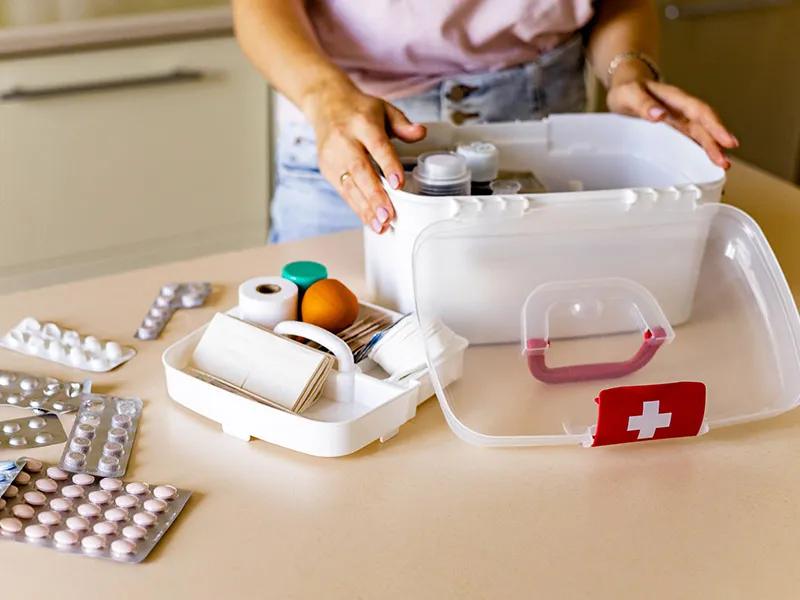
- Home Safety Measures: Address potential hazards in your home and provide guidelines to prevent accidents. This may include information on childproofing measures, safe storage of cleaning products, and proper use of household appliances. Educate the babysitter about safety precautions, such as keeping small objects out of reach and ensuring a safe sleep environment for infants.
- Transportation Safety: If the babysitter will be responsible for transporting your child, discuss transportation safety guidelines. Provide details about car seat usage, including proper installation and adjustment. Ensure the babysitter has a valid driver's license, understands traffic laws, and follows safe driving practices.
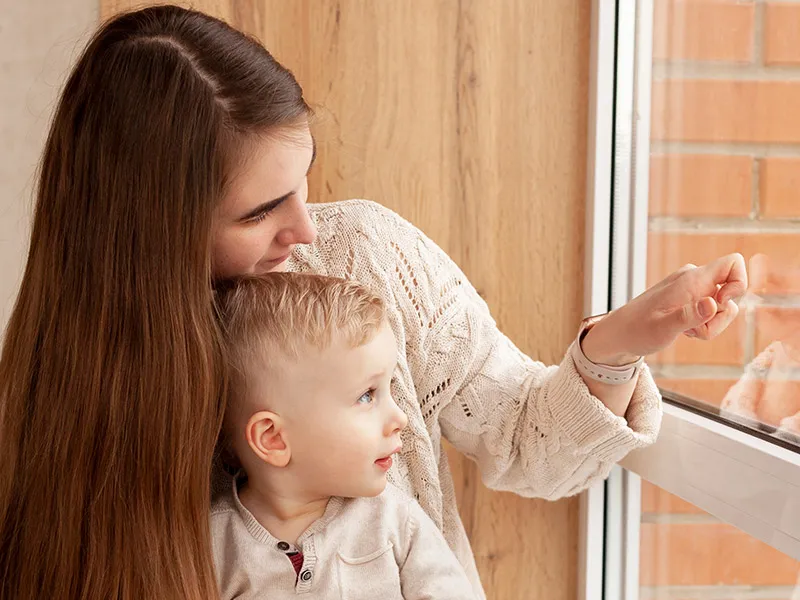
- Security Measures: Include information about home security systems, alarm codes, and any specific measures you have in place to ensure the safety of your child and your property. Provide instructions on how to lock doors and windows securely and emphasize the importance of maintaining vigilance regarding strangers or unfamiliar visitors. It's also essential to provide emergency contact numbers, such as those for the local authorities and trusted neighbors, and share any protocols you have in place for handling unforeseen situations.
- Allergies and Medications: If your child has allergies or requires medication, it is crucial to provide detailed information to the babysitter. Clearly communicate any specific allergens to avoid, symptoms to watch for, and steps to take in case of an allergic reaction. Explain the proper administration of medications, including dosages and schedules, and ensure the babysitter is comfortable and familiar with the process.
- Internet and Digital Safety: In today's digital age, it's important to address internet and digital safety when leaving your child with a babysitter. Establish guidelines on internet usage, screen time limits, and appropriate online activities. Educate the babysitter on the importance of monitoring your child's online interactions, protecting personal information, and maintaining a safe online environment. For a more comprehensive guide on keeping your kids safe online, you can refer to this helpful resource:Keeping Your Kids Safe Online: A Comprehensive Guide
- Outdoor Safety : supervision, it is essential to discuss outdoor safety measures. This includes guidelines for outdoor play, precautions for hot or cold weather, and supervision near bodies of water or busy streets. Provide necessary outdoor equipment, such as helmets, safety gates, or sunscreen, and ensure that the babysitter is knowledgeable about their proper use. Emphasize the importance of always keeping a close eye on your child and practicing situational awareness to prevent accidents or injuries.
- Contact Information: Ensure that the babysitter has all the necessary contact information to reach you or a designated emergency contact. Provide your phone numbers, including any alternative numbers where you can be reached, and make sure the babysitter knows how to operate your home phone system or mobile devices in case of an emergency. Include the address of your location and any relevant landmarks to assist emergency services if needed.
By addressing these safety considerations, you establish a comprehensive safety framework for your child under the babysitter's care. These measures mitigate potential risks and provide clear guidance for handling various situations. Equipping the babysitter with this knowledge instills confidence and reassurance, allowing you to trust that your child is in a secure and protected environment.
Establishing Trust and Building a Relationship with the Babysitter:
When entrusting your child to a babysitter, building trust and fostering a strong relationship are essential for a positive and successful experience.

Building trust and a strong relationship with the babysitter not only benefits your child but also contributes to your own peace of mind as a parent. When you have confidence in the babysitter's abilities and feel comfortable with their care, you can relax and enjoy your time away, knowing that your child is in capable hands. By investing time and effort into establishing trust and fostering a meaningful connection with the babysitter, you create a solid foundation for a long-lasting and mutually beneficial caregiver-parent relationship.
- Background Checks and Interviews: When selecting a babysitter, it's important to conduct thorough background checks and interviews. This may involve verifying references, checking for any criminal records, and assessing their qualifications and experience. Take the time to ask relevant questions about their approach to childcare, emergency preparedness, and how they handle different situations. By doing so, you can ensure that the babysitter is trustworthy and capable of providing the care your child needs.
- Trial Babysitting Sessions: Consider arranging trial babysitting sessions before committing to a long-term arrangement. These trial sessions allow you to observe how the babysitter interacts with your child and how comfortable your child feels in their presence. It's an opportunity to evaluate their ability to follow instructions, engage with your child, and handle various tasks. Use this time to assess the compatibility between the babysitter and your family dynamics.
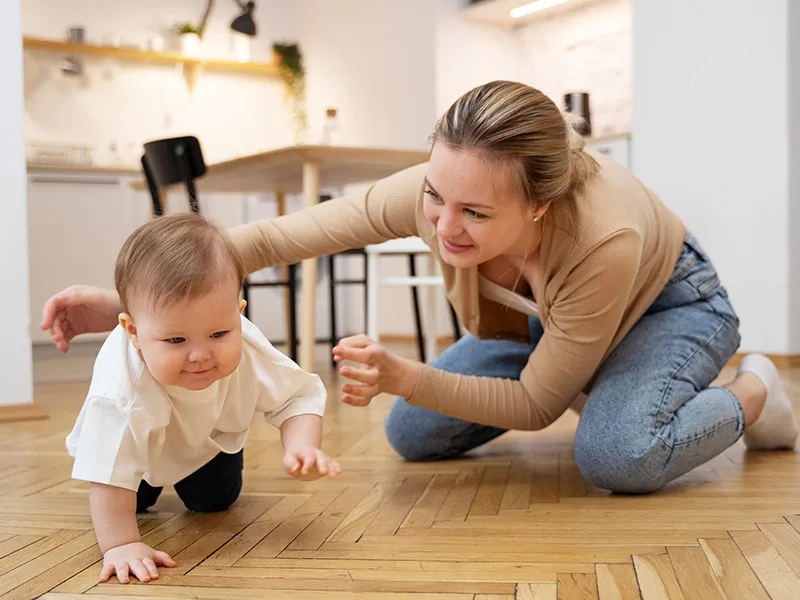
- Building Rapport: Building a strong rapport between your child and the babysitter is essential for a positive caregiving experience. Encourage the babysitter to spend time engaging in activities that your child enjoys, such as playing games, reading books, or doing crafts. This helps establish trust, familiarity, and a sense of comfort for your child in the babysitter's presence. It also allows the babysitter to understand your child's interests and preferences better.
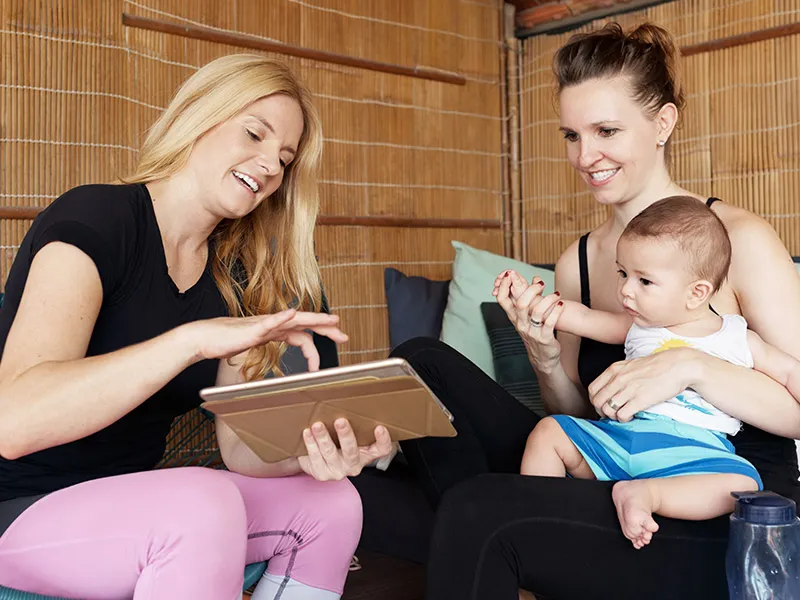
- Communication and Updates: Maintaining open lines of communication with the babysitter is crucial. Encourage the babysitter to provide regular updates on how your child is doing, any significant events that occurred, and any concerns or questions they may have. Likewise, make yourself available to address any concerns or provide guidance. Effective communication helps build trust and ensures that you and the babysitter are aligned in meeting your child's needs.
By prioritizing effective communication, establishing clear expectations, implementing trial periods, maintaining regular check-ins, providing feedback and appreciation, setting professional boundaries, and nurturing respect and empathy, you can establish trust and build a strong relationship with the babysitter. These strategies create a foundation of mutual understanding, reliability, and peace of mind, ensuring that your child receives the best possible care while you are away.
Tips for Leaving Your Child with a Babysitter:
Create a positive and secure environment by following these essential tips. From effective communication to preparing your child for the babysitter's arrival, these guidelines ensure a smooth transition. Set clear expectations, provide necessary information, and establish trust to make the experience enjoyable for both your child and the babysitter. With these tips, you can confidently leave your child in capable hands and enjoy your time away.
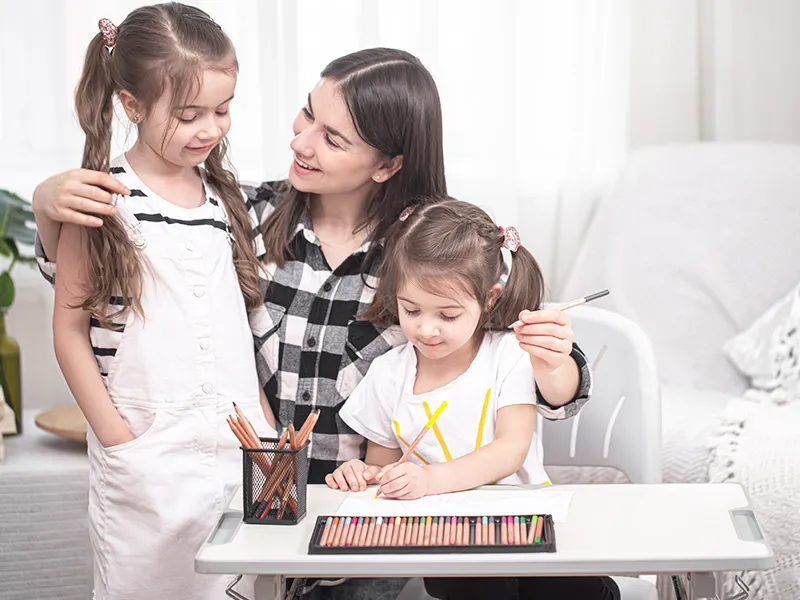
Meet and Greet:
Prior to leaving your child alone with a new babysitter, arrange a meet and greet session. This allows your child to become familiar with the caregiver and vice versa. During this meeting, you can discuss expectations, routines, and any specific concerns you may have. Encourage open communication and ensure the babysitter has an opportunity to ask questions or seek clarification.
Trial Period:
Consider starting with a trial period to help both your child and the babysitter adjust. This allows them to develop a rapport and become comfortable with each other. Start with shorter periods of babysitting and gradually increase the duration as trust and confidence build.
For an in-depth look at establishing a successful trial period and other key steps to properly test a new babysitter, be sure to read our comprehensive guide. Click here to learn more about 'How to Properly Test a New Babysitter' and ensure you're making the best choice for your family.

Communication Channels:
Establish clear communication channels with the babysitter. Provide them with your contact information and let them know the preferred method and times for communication. Encourage regular updates and make yourself available for any questions or concerns. Consider using technology such as messaging apps or video calls to stay connected while you are away.
Trusted References:
When selecting a babysitter, rely on trusted references or reputable agencies. Seek recommendations from friends, family, or other parents in your community. Conduct background checks, interview potential candidates, and ask for references to ensure their qualifications, experience, and reliability. Feeling confident in your choice will help alleviate any worries you may have about leaving your child in their care. For more resources and information on finding trusted childcare providers, you can visit Childcare Center for additional guidance.Also for more information on finding trusted childcare services, explore the website of the Canadian government's official childcare services, which offers valuable resources and guidance for parents.
Clear Expectations:
Clearly communicate your expectations regarding the babysitter's responsibilities, including tasks such as meal preparation, homework assistance, or bedtime routines. Discuss any specific rules or guidelines you have for your child's behavior and reinforce the importance of maintaining consistency with your parenting style. Additionally, provide information on any household rules, such as screen time limits or restrictions on certain activities, to ensure a harmonious environment for both the babysitter and your child.
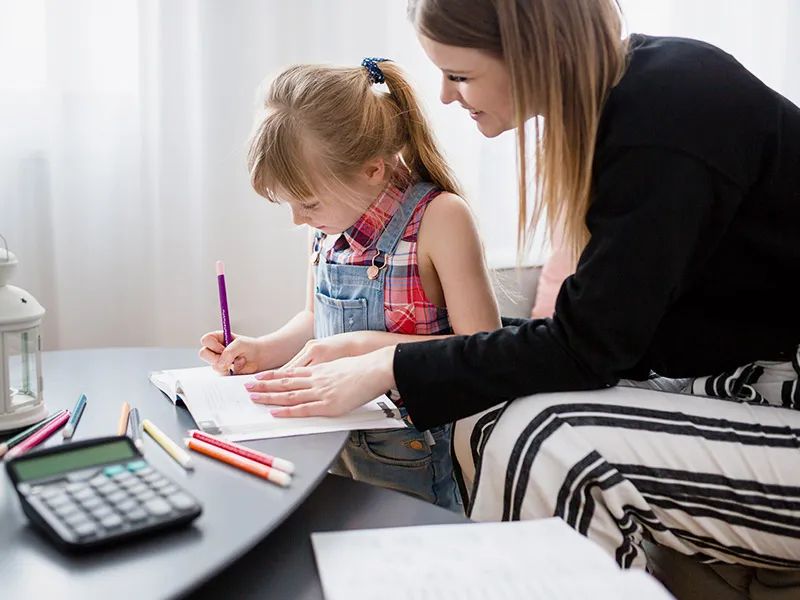
Follow-up and Feedback:
After each babysitting session, take the time to debrief with the babysitter. Discuss how the session went, address any concerns, and provide positive feedback when warranted. This open and constructive communication helps establish a collaborative relationship and ensures continuous improvement in the care provided to your child.
Additional Considerations for Overnight or Extended Babysitting:

When leaving your child in the care of a babysitter for an extended period, it's important to address specific factors. From bedtime routines and meal preparation to emergency protocols and maintaining a comforting environment, these considerations will help ensure a successful overnight or extended babysitting experience. Discover the essential components of a comprehensive babysitter checklist to prioritize your child's safety and well-being.
- Bedtime Routine: If the babysitter will be responsible for putting your child to bed, provide detailed instructions on your child's bedtime routine. Include information on their preferred sleep environment, bedtime rituals, and any special considerations, such as using a night light or playing soft music. Communicate any concerns or challenges that may arise during bedtime and provide strategies for soothing your child to sleep.
- Overnight Essentials: If the babysitter will be staying overnight, ensure they have access to essential items and information. Provide clean bedding, towels, and toiletries for their use. Make sure they know how to operate any necessary appliances, such as the oven or washing machine. Additionally, provide instructions on your child's bedtime routine, any nighttime waking habits, and emergency procedures that may differ during the night.

- Emergency Contact during Overnight Babysitting: If you will be unavailable during the overnight babysitting period, make sure the babysitter has access to a reliable emergency contact. Provide contact information for a trusted family member, friend, or neighbor who can assist in case of an emergency or urgent situation. Discuss any specific scenarios where contacting this emergency contact would be necessary.
Establishing a Positive Relationship with the Babysitter:
Establishing a positive relationship with the babysitter not only benefits your child but also contributes to a harmonious caregiving experience. It builds trust, enhances communication, and creates an environment where both you and the babysitter can collaborate and support each other. Through mutual respect, open communication, and involvement, you can cultivate a meaningful relationship that promotes your child's well-being and allows you to confidently entrust their care to the babysitter.Here are some key strategies to consider:

Appreciation and Respect:
Show appreciation for the babysitter's dedication and care for your child. Recognize their efforts and provide positive feedback when they demonstrate responsible behavior or handle situations well. Treat the babysitter with respect and kindness, fostering a positive working relationship built on trust and mutual understanding. By creating a supportive and respectful environment, you encourage the babysitter to form a deeper connection with your child and enhance the overall caregiving experience.
Open and Honest Communication:
Encourage open and honest communication with the babysitter. Create an environment where they feel comfortable sharing any concerns, questions, or feedback. Likewise, be open to their suggestions or insights regarding your child's behavior, needs, or routines. By maintaining a respectful and open line of communication, you can work together to provide the best care for your child.
Regular Check-ins:
Schedule regular check-ins with the babysitter to discuss how things are going. This can be done in person or through phone calls or video chats. Use these check-ins to address any issues or concerns, provide updates on your child's development, and ensure that both parties are satisfied with the caregiving arrangement. Regular check-ins help maintain a strong working relationship and ensure that everyone involved feels heard and supported.
Conclusion:
Leaving your child with a babysitter requires careful preparation, clear communication, and trust. By providing a comprehensive babysitter checklist, addressing safety considerations, establishing open communication channels, and fostering a positive relationship with the babysitter, you can ensure the well-being and happiness of your child in your absence. Remember, effective collaboration with the babysitter contributes to a nurturing and secure environment for your child, allowing them to thrive and enjoy their time under their care.




